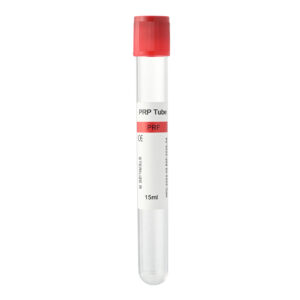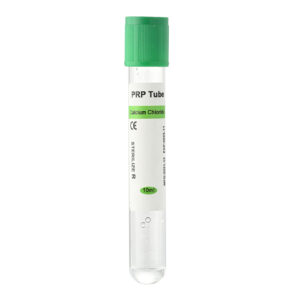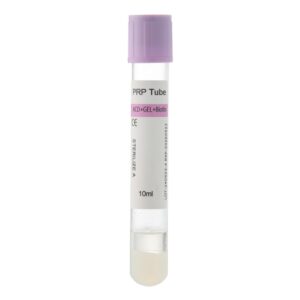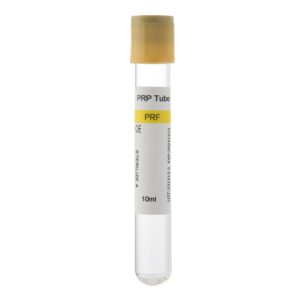PRP (Platelet-Rich Plasma) hair treatment is a therapy that utilizes growth factors from your blood to promote hair regrowth and improve follicle health. To ensure the best results and avoid irritation or damage to the scalp, patients should pay special attention to the following precautions after treatment.
Things to Avoid After PRP Hair Treatment
Avoid Intense Exercise or Heat Exposure
For 48 hours after PRP treatment, avoid intense physical activities that lead to heavy sweating, such as running or weightlifting. These activities can increase blood flow and body temperature, impacting plasma absorption into the scalp. Also, avoid using saunas, hot baths, or other heat sources that could negatively affect treatment outcomes.
Keep Your Scalp Dry
Keep your scalp dry 24-48 hours after treatment, avoiding washing your hair or any contact with water. Moisture may dilute the injected platelet concentrate, reducing its effectiveness on the follicles. Therefore, avoid washing your hair, swimming, and sauna during this period.
Do Not Scratch or Rub Your Scalp
To allow the PRP injections to work effectively, avoid scratching, rubbing, or massaging the scalp for at least a week after treatment. Scratching or massaging can interfere with plasma absorption and increase the risk of local infection. Keeping the scalp stable and clean is essential for optimal results.
Avoid Using Irritating Shampoos and Hair Products
For the first few days after PRP treatment, avoid using shampoos or hair products that contain irritating ingredients, particularly sulfates, preservatives, or high alcohol content. These ingredients can irritate the scalp and hinder the absorption of plasma, affecting the health of newly growing follicles. Opt for gentle, non-irritating shampoos for hair care.
Avoid Direct Sun Exposure
For at least 48 hours post-treatment, minimize direct exposure of your scalp to sunlight. UV rays can irritate the scalp and reduce the effectiveness of plasma absorption. Wear a wide-brimmed hat to protect your scalp from UV damage when going outside.
Refrain from Styling Products and Hair Dyes
Avoid using chemical-based styling products, hair dyes, or perm solutions for two weeks following PRP treatment. The chemicals in these products may damage the scalp and newly developing follicles, affecting overall treatment outcomes.
Avoid Smoking and Alcohol Consumption
Smoking and alcohol consumption can negatively impact blood circulation, hindering the recovery process after PRP treatment. Smoking, in particular, can lead to blood vessel constriction, reducing nutrient flow to hair follicles and impeding new hair growth. Reducing or eliminating smoking and alcohol intake post-treatment can significantly enhance results.
Avoid Using High-Temperature Hair Dryers
In the days following treatment, avoid using high-temperature hair dryers to dry your hair. High heat can damage the scalp and affect PRP absorption. Instead, use a cool setting or allow your hair to air dry to minimize irritation.
Avoid Tight Hairstyles
During recovery, avoid tight hairstyles such as ponytails or buns that pull on the scalp. These styles can place tension on the scalp and hair follicles, affecting healthy growth. Opt for loose, natural styles to minimize stress on your scalp.
Minimize Stress and Anxiety
Stress and anxiety can impact the effectiveness of PRP treatment. High-stress levels can compromise the immune system and recovery process, thus affecting hair regrowth. Engage in relaxation practices such as meditation or yoga to maintain a calm state of mind.
Additional Aftercare Tips
- Maintain Proper Nutrition: Hair growth requires sufficient nutritional support, particularly protein, vitamin B, and iron. After treatment, maintain a balanced diet rich in these nutrients to support hair health.
- Gentle Scalp Massage: One week after treatment, gentle scalp massage can help promote blood circulation and support follicle health. However, ensure the massage is light to avoid excessive stimulation.
- Get Adequate Sleep: Good sleep is essential for the body’s recovery and regeneration. Ensure you get sufficient rest, as it can help the scalp repair and support the healthy growth of new hair.
- Follow Medical Advice: After PRP treatment, follow your doctor’s instructions for daily care and attend follow-up appointments to evaluate progress. Medical guidance is crucial for ensuring optimal treatment outcomes.
Who Can Benefit from PRP Hair Treatments?
PRP hair treatment is suitable for various types of hair loss patients, especially the following groups:
- Androgenetic Alopecia: This common type of hair loss affects men and women. PRP can effectively improve androgenetic alopecia by stimulating follicle activity and extending the hair growth phase.
- Diffuse Hair Loss: This hair loss often affects women and is typically caused by stress, hormonal changes, or nutritional deficiencies. PRP can help activate hair follicles and promote hair regrowth and density.
- Alopecia Areata: Alopecia areata is an autoimmune condition. PRP can help encourage hair regrowth by stimulating growth factors in the affected areas and improving hair coverage.
- Post-Hair Transplant Patients: For those who have undergone hair transplant surgery, PRP can improve the survival rate of transplanted follicles and support quicker growth of the newly implanted hair.
- Patients with Mild to Moderate Hair Loss: PRP can serve as an early intervention for patients whose hair loss is not yet severe, slowing down hair loss and promoting regrowth.
Conclusion
PRP hair treatment is a natural therapy that uses growth factors from your blood to improve follicle health and promote hair regrowth. After treatment, it is essential to follow professional guidelines, including avoiding intense exercise, keeping the scalp dry, avoiding chemical irritants, and protecting the scalp from UV exposure. Maintaining good nutrition, sleep, and mental well-being is crucial for maximizing treatment results. PRP is effective for various types of hair loss, providing patients with a solution to improve follicle health and stimulate hair regrowth.





